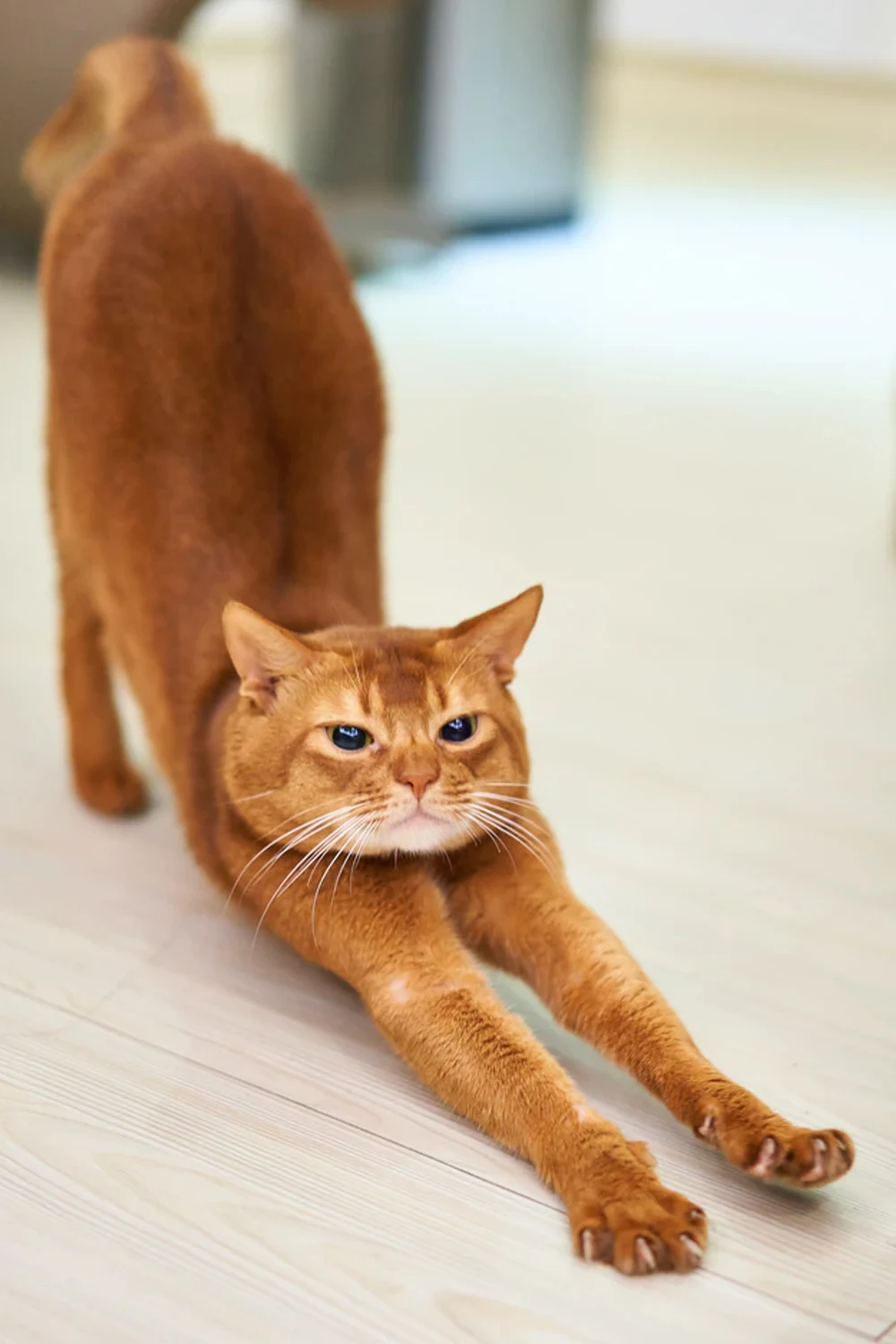Photo: Alvan Nee
Pet owners love essential oils and their effects. Yet, studies show that some essential oils are dangerous. Dogs and cats have different reactions to the oils. Some oils may cause serious symptoms or place the pets' lives at risk. By becoming educated about the oils, users protect their pets.
What Cat Owners Should Know
Studies show that exposing cats to essential oils has devastating effects. Pet owners should never apply the oils, feed the oils to their cats, or allow their cats to inhale them. Vaporized diffusers present the greatest risk to pets.
Exposure to toxic essential oils causes respiratory failure and liver damage or failure. Cats may experience seizures or die because of exposure to the oils.
Essential oils that are toxic to cats include cinnamon, citrus, clove, and eucalyptus. So are sweet birch, pennyroyal, peppermint, pine, tea tree, wintergreen, and ylang-ylang. Cat owners shouldn't bring any of these essential oils into their homes.
Cat owners who want to use diffusers must get non-vapor products. They must never use any of the above-mentioned products. Cat owners can learn more by visiting aromatechscent.com now.
Photo: Timo Volz
What Dog Owners Should Know
Dog owners must review all essential oils that are dangerous to their pets. Vets state that pennyroyal, pine, tea tree, wintergreen, cinnamon, and citrus are toxic. Peppermint, sweet birch and ylang-ylang are also dangerous for dogs.
Vets do not recommend using essential oils as a natural flea or tick treatment for dogs. Lavender products are popular options for treating anxiety. Yet, dog owners must consult their vet before using them. They cannot apply any essential oils to their dog's fur.
With dogs, pet owners must be more strategic. Dogs love any fragrant oils and will hunt through the home to find them. Dog owners must place their diffusers where the dog cannot find them or access them.
Dogs love to chew on anything. This increases health risks if they access the essential oil. If essential oils spill anywhere in the home, pet owners must clean it up fast.
What Are the Signs of Essential Oil Poisoning?
Cats and dogs may develop watery eyes or noses. Pet owners notice redness of the pet's lips, skin, or gums. They vomit or drool often. Owners may notice that their pet has been coughing or wheezing.
The pets develop a low heart rate, and temperature, and have tremors. Lethargy, difficulty walking, and breathing problems are emergent signs of poisoning. Pet owners must get their pet to a vet if they exhibit any of these symptoms.
Photo: Kelly Sikkema
What the Vet Needs
When visiting the vet, the pet owner must bring the essential oil with them. They'll seal it up in a bag and give it to the vet even if they don't have much of the oil left.
By identifying the oil, the vet knows how to treat the pet. The method of exposure is also important. The vet needs to know if the pet inhaled it, swallowed it, or if the oil got on their fur or skin.
Pet owners may enjoy the fragrance of essential oils. Yet, studies show that the essential oils could be toxic to their pets. It is vital for pet owners to find out what oils are dangerous. The pet owners must compare the effects according to their pet's species. A review of the essential oils shows pet owners what oils to keep away from their pets.
Lots of love,
Liz








